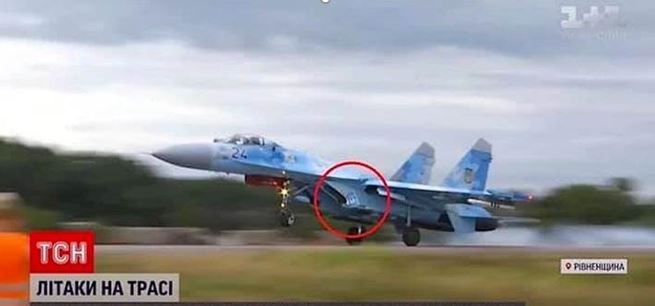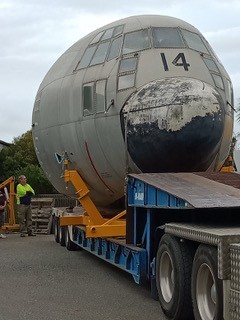
|
|
|
Privacy Policy | Editorial Policy | Profit Policy | Join the Association | List of Members | Contact us | Index | Links
Back Go to page: 1 2 3 4 5 6 7 8 9 10 11 12 13 14 15 16 17 18 19 20 Forward
Contents.
|
77 Sqn |
Butterworth Pics (Mike Gahan).
|
Ghost Bat.
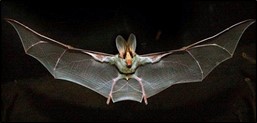
Australia’s Defence Minister, the Hon Peter Dutton MP, has announced ‘MQ-28A Ghost Bat’ as the military designator and name for the first Australian-produced military combat aircraft in over 50 years, at a recent dedicated ceremony held at RAAF Base Amberley.
“The introduction of the new popular name is a rare and special moment in aviation history for our RAAF partners and industry team of over 35 Australian suppliers,” said Glen Ferguson, director Airpower Teaming System Australia and International.
Selecting the Ghost Bat, an Australian native mammal known for teaming together in a pack to detect and hunt, reflects the unique characteristics of the aircraft’s sensors and Intelligence, Surveillance and Reconnaissance abilities and is a fitting name for this pioneering capability,” With a rapid development timetable of just three years from ideation to first flight, the development program leverages advancements in digital engineering, advanced manufacturing and unique Australian supply chain technologies. (Seen below with matching lip-stick and finger and toe-nail polish.)
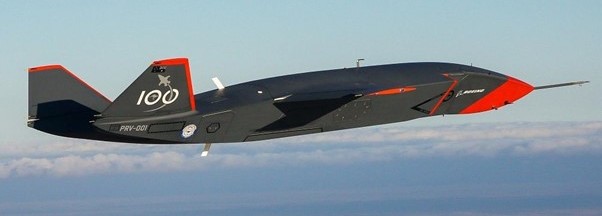
While the Air Force’s Loyal Wingman development program name will phase out, Boeing’s product name for global customers will remain the Airpower Teaming System. “Our enduring partnership with the Commonwealth of Australia and Australian Defence Force (ADF) is fundamental to the successful development of MQ-28A’s complex technologies and capabilities and has global export potential for Australia,” said Dr Brendan Nelson AO, president Boeing Australia, New Zealand and South Pacific.
During 2022, the program will continue to accelerate the development and testing of the MQ-28A Ghost Bat, with a focus on sensor and missionisation capabilities to deliver on RAAF commitments. These requirements will continue to expand as Boeing moves towards the aim of delivering an operational capability for the ADF.
The CAC Aermacchi.
In August 1965 it was announced that the Aermacchi MB-326 aircraft had been selected as the RAAF’s new training aircraft. Commonly known as the ‘Macchi’ this aircraft was designed with an ‘all through’ jet trainer concept. This concept was being adopted by several air forces at the time as a cost effective training model. The underlying philosophy was for a relatively inexpensive aircraft design capable of training pilots from basic to advanced stages as well as having a secondary attack capability. The RAAF initial order for 75 aircraft was increased to 87 and then in July 1969 the RAN added an extra 10 aircraft to the order, resulting in a total procurement of 97 aircraft.
The design of the MB-326 was advanced for its time including lightweight ejection seats and cabin pressurisation. The engine choice was a Rolls-Royce Viper axial flow turbojet which had been originally developed as an expendable engine for use in unmanned target drones such as the Jindivik. The engine selection required subsequent redevelopment to remove non-critical (and therefore very short-life) materials, the result was a very reliable, long life engine with over 5,500 delivered and powering dozens of aircraft types.
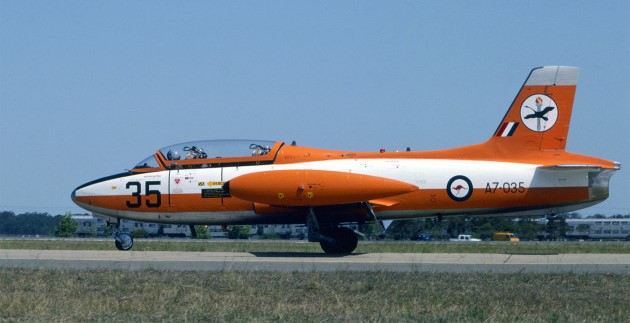
Licensed production of the MB-326 was undertaken in Australia with the manufacturing program consisting of Commonwealth Aircraft Corporation (CAC) as the Prime contractor together with Hawker de Havilland (HDH) and numerous other supporting organisations. Due to the tight time-frame of the program the initial aircraft were fully imported with a gradual increase of local content so by the time the 31st airframe was on the production line there was 85% local content.
Some of the more significant Australian design modifications included:
-
Internal corrosion protection;
-
Rain erosion coating for protection of the wing leading edge;
-
Improved cockpit air conditioning for Australian conditions;
-
Nose wheel shroud to prevent flameout when taking off from wet runways;
-
Improved cockpit lighting;
-
Modified oxygen quick release coupling for improved safety;
-
Sealing of radio compartment to prevent water ingress and
-
Rerouting of fuel and oil drains to prevent oil and fuel entering fuselage with consequent fire danger.
CAC was also responsible for the assembly of the Viper 11 turbojets, thus continuing the company’s long term tradition of providing engines for RAAF aircraft. The first engines were fully imported with local content building up to 90% by the 81st engine. CAC delivered a total of 113 Viper 11 turbojets between 1968 and 1972.
CAC’s aircraft production line was located at Fisherman’s Bend Victoria with flight testing taking place at Avalon. To further support the program HDH established a facility at Guildford, Western Australia, located close to the main operating base at Pearce. This facility was responsible for maintenance, repair of airframe, systems and power plant.
Similar to the RAAF, the RAN procured the Macchi’s to replace the Vampire T/34As, Sea Vampire T.22s and the Sea Venoms as jet training aircraft. The 10 aircraft were delivered to 724 Squadron at the Naval Air Station - Nowra between October 1970 and September 1971 and were utilised for lead-in fighter and fleet support roles.
During their service within the RAN the Macchis had two significant incidents which resulted in loss of the aircraft. The first was aircraft N14-078 on 28 April 1971, at Sussex Inlet, as a result of losing control during an inverted spin over the ocean. The crew, Lieutenant Errol Kavanagh, RAN and Lieutenant Peter Clark, RAN ejected safely with minor injuries. The second incident was aircraft N14-073 on 7 December 1972 at Nowra, where on approach to runway 26 the aircraft suffered an engine flame-out. The pilot, Lieutenant Murray Smythe, RAN safely ejected but suffering a broken ankle as a result.
With no replacement for the carrier HMAS Melbourne (II) when she was decommissioned in 1982 the RAN’s aviation focus became firmly fixed on rotary wing and possible acquisition of Vertical/Short Take-Off and Landing (VSTOL) aircraft. The result, was that the eight remaining RAN Macchis were transferred to the RAAF Number 2 Operational Conversion Unit.
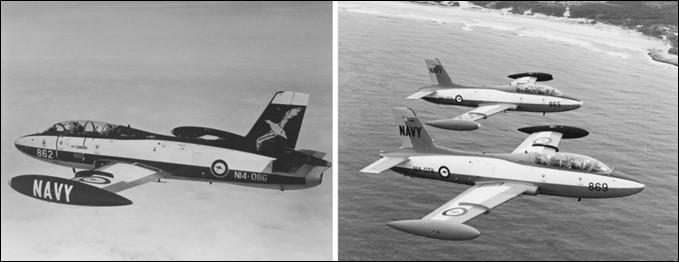
Navy CAC Aermacchi MB-326H aircraft on training flights over the New South Wales south coast. The trainee pilot sat in the forward seat of the cockpit with the instructor behind them.
From 1989 the Pilatus PC-9 replaced the venerable Macchi in the area of advanced pilot training. The remaining Macchis were then transferred to the lead-in-fighter role, serving with Nos 25, 76 and 79 Squadrons in that role until replaced by the BAE Hawk 127 in 2000.
My going out clothes have missed me so much
I put them on and they hugged me so tightly I could hardly breathe.
Butterworth.
Mike Gahan was cleaning out his computer the other day and found a large file he’d forgotten he had. It contains a huge number of pics taken at Butterworth back in 1965 – 67. He sent it to us, you can see it HERE.
Flight Lieutenant Garry Cooper.
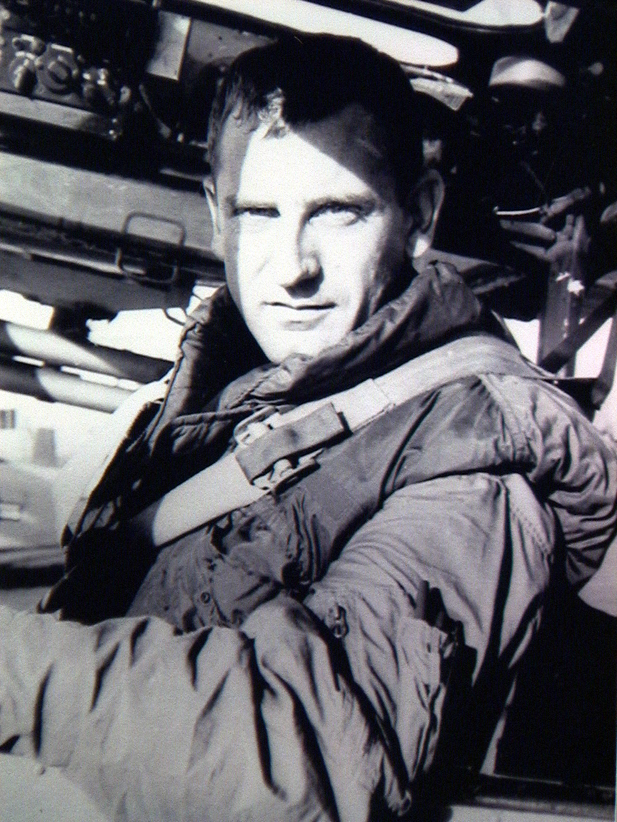
During the Vietnam War, Garry G. Cooper was assigned as a Forward Air Controller (FAC) with the USAF 19th Tactical Air Support Squadron (TASS). His call sign was Tamale 35. He was cited by M/Gen Julian J. Ewell on 18 August 1968 with a Congressional Medal of Honour for his work as a FAC at Cai Be (near Rach Kien), Vietnam in support of the 3rd Brigade, 9th Infantry Division.
On that day he was riding in the command helicopter, a Raven OH-23, with the Brigade Commander Col Robert E. Archer, as the air liaison officer (ALO) directing F-4 strikes against the VC attacking the Brigade. The pilot was hit and killed and the Brigade Commander was wounded. Garry got the aircraft safely onto the ground, cut the engine power and carried the wounded Brigade Commander from the aircraft and had to spend that night in no-man's land. In the process of keeping himself and the Colonel alive he killed 10 VCs until his ammo ran out. A helicopter came in the next day and picked up the two and before Lieutenant Cooper could come aboard he had to kill two more VC before he leaped in the helicopter.
Garry was a legend in Vietnam and was in the chain of USAF command as a FAC directing air strikes of all US air resources in the area. He was directly under the control of USAF forces.
Garry Cooper did not get the Congressional Medal of Honour because he is not a US citizen and the Australian Government administrative procedures has prevented him from getting the Victorian Cross, their equivalent to the MOH.
Garry was interviewed in August 2004, click HERE to watch it.
There was an appeal back in 2018 but the appeal was dismissed. You can read it HERE.
A bloke walks into a lumber yard and asks for some four-by-twos. The salesman asks, “How long do you need them”.
The bloke replies, “A long time, we’re building a house”.
Terrain following?
A Ukraine SU-27 fighter returned to base with a road sign stuck to its jet intake...That’s all. Class dismissed!
"If he was flying any lower, why, we'd need sleigh bells on this thing. But we got one little edge on them Rooskies, at this height, why, they might harpoon us but they dang sure ain't gonna spot us on no radar screen."
Click the pic for a closer look.
A97-214.
On Tuesday, 22nd March, the National Vietnam Veterans Museum (NVVM) on Philip Island, Vic, took delivery of Hercules A97-214’s forward fuselage/cockpit section from RAAF museum at Point Cook.
The heavily corroded C-130A aircraft, which was beyond economical and practical repair, with the exception of the forward fuselage/cockpit section, was scrapped at Point Cook in February 2022. What’s left has now been gifted to the National Vietnam Veterans Museum (NVVM) to be added to their collection.
The NVVM's intention is to restore it and to allow visitors access to the cockpit to fully appreciate how big this aircraft is.
Click the pic to see 214 in happier days. Bit of a shame really.
Errol’s Day.
14th February 1956
Errol O’Hara, was an Armament Fitter, at 77 Squadron, Williamtown.
At that time 77SQN was operating MK8 Meteors and the day’s program was Air to Air gunnery. The first detail should be airborne by 0900. At 0800 most of us armourers are at the eastern end of the ORP (Ordinance Readiness Platform), waiting for the Meteors to be taxied down to start the arming up procedure. As usual, we are sitting on two trolley loads of boxes full of ammunition, including a supply of B.F.M (Belt Feed Mechanism) for the day’s program. A tent has been erected on the grass, just off the hard standing. It is used as a flight hut to control the day’s schedule. Tables and chairs are provided for comfort (not much), but it suits all. All the chocks and battery carts are lined up on the ORP and in position waiting for the aircraft to arrive.
All the engine fitters and airframe fitters are waiting to marshal the aircraft to their appropriate spots. Before long, this area will have at least eight aircraft in position and maybe two more as spares. The first few aircraft are taxied down; having been pre-flight checked on the flight line. As soon as the pilots are out of their cockpits, the armourers are left to arm up. The Meteors have four Hispano 20mm cannons and they are a great aircraft to work on.
We armourers are divided into four teams of two and in no time we have the first four detailed aircraft ready, plus a spare. All Meteors have had all four guns armed with 60 rounds per gun, but only two will be plugged in on each sortie. I proceeded over to the flight tent to sign the EE77 of my aircraft as armed and serviceable.
I spotted a dual seat pilot trainer Meteor MK7 (A77-702), taxiing to the ORP. It was going to be the “target tug” for the day, so I decided to ask the OIC what the chance would be of getting a spare seat. Seat confirmed - great! All I need now was some flying gear. Most of the pilots were sergeants at the time (with a few officers) and I managed to borrow a leather helmet, oxygen mask and a Mae-west from a sergeant pilot who was on the second detail. By now the Mk7 had shut down and was waiting on the ORP, giving me time to be strapped into the back seat. I was in and ready! All I had to do was to wait for the pilot, Flight Sergeant Geoff Talbot, a tall thin man and a very experienced and capable pilot, to do his external checks. Time to go! Pilot is strapped in, engines started, external batteries disconnected, chocks removed. Our call sign for the day is “Despot Tugboat”.
The pilot is cleared by the tower to move down the runway facing westward. I can see the two armourers at the target end of the tow line, on standby waiting for us to pass the airstrip. After about another 1000 feet we were marshalled to a stop by two more armourers; CPL Keith “Dad” Roddom and his offsider, disappeared under the Meteor to hook up the target cable to a release unit at the rear of the centreline (ventral) fuel tank. This steel cable is 1000 feet long and has an extra length of 100 feet of webbing strap. The target banner is orange and is 30 feet long and 6 feet wide, with a big black ball painted in the centre as the aiming point. With the cable all hooked up, “Dad” marshalled the Meteor forward about 20 feet to take the tension on the cable.
With this done, he directed the pilot to stop, then with a thumbs up to the pilot, we were ready to go! The pilot advises “Here we go Gus”! The engines are roaring and the aircraft begins to vibrate for a few seconds, then the brakes release and we start racing down the strip. This is my first ride in a jet aircraft and those two Rolls Royce Derwent engines are certainly giving some push.
With correct speed obtained, the control stick is pulled way back and the Meteor climbs steeply. It gathers height quickly, as the banner has to leave the ground before we reach the end of the airstrip. Still climbing, the pilot does a 180 degree turn to port and rolls out facing seaward. Looking over to my port side, I can see two Meteors taking off from the airstrip; Williamtown has never looked so good! The pilot tells me ‘Hey Gus! Turn your intercom off - you’re making too much noise’! (heavy breathing).
Crossing Stockton Bight, the Meteors I had seen taking off have caught up, flying 200 to 300 feet off our port side and are too far away to take some photos. In a short time, we are on the ‘Air to Air’ range at about 20,000 feet. The pilot of the Mk7 clears the two fighters to commence shooting. This done, the first aircraft peels off and disappears behind our ‘tugboat’. Seconds later, he appears to starboard and barrel rolls over us and forms up on the other fighters’ port side. Each aircraft (in turn) makes about six passes, then they form up and let the ‘tugboat’ pilot, Geoff, know they have fired out. He tells them to switch off guns and return to base. Two other shooters should be here soon. About five minutes passes and Geoff, asks me to look for those two Meteors. So, with my steely blue eyes piercing the sky, I found them and report, “There they are, 11 o’clock high”; I knew what to say, as a couple of years ago I had seen the movie “12 O’clock High”.
While they are shooting at the banner, I took the time to admire the instrument panel. So far I have flown in a Catalina, Beaufighter, Ryan STM, Tiger Moth and a Dakota. This is the first time I’ve had a big instrument panel all to myself and it looks like a sea of Chinese faces, as they all look alike to me. There are no armament switches on board, as this aircraft does not carry any weapons. I found the undercarriage lever and those three yellow lights (must be ok?). I also found the three fuel gauges at the bottom of the panel.
The back seat area of this dual is quite big, with plenty of arm room. There are no floor coverings and you can see the bottom of the fuselage. There are two slides to rest the feet on, which lead up to the rudder pedals. There are also no ejection seats in the Mk7 but a bucket seat is provided to sit on, with a dingy pack and a backpack parachute is there. If in an emergency and at a low level, you can’t get out, but at higher altitudes, the canopy is jettisoned as the aircraft rolls onto its back. I was told ‘just release the seat harness and kick yourself out of the cockpit’, taking care not to hit the tailplane on the way out.
About an hour has passed and we have flown up and down the range quite a few times, seeing Broughton Island on every turnaround. The last two Meteors have finished their passes and are headed back to base. We are now losing height and tracking for Williamtown. “Willy Tower, Despot Tugboat”, Geoff calls base and asks for priority landing as we are getting short on fuel. The tower clears us as requested and as we are now getting lower I can see Williamtown as we head for Stockton Bight. The banner we are towing must now be full of holes and the aircraft that have been shooting at the target have different colour paint on their ammunition which marks the banner as the round goes through, so each pilot knows his result.
Getting much lower now over the sand. Geoff lines up left of the runway and slows as we pass over the fence. As we continue on, about 2000 feet along the side of the airstrip, the banner and cable are dropped. Now free of the cable, Geoff accelerates and does a tight port turn, levels out and lowers the undercarriage. Looking at the landing gear panel, I see a green light and two red lights. “This is not good!” I thought. The landing gear goes up and down twice more and then the pilot notifies the tower of our problem. The starboard main and nose wheels were indicating “not locked down” on each occasion. Those red lights looked to me as though they were getting bigger and BIGGER and looked like big red saucers to me.
We are almost on the ground, when Geoff tells the tower that the wheels won’t lock and that he intends to “belly land”. He accelerates again and gains a bit more height and does another tight port turn, jettisoning the ventral tank. “Dad” Roddom is on his tractor; he was retrieving the cable and banner and saw the empty tank tumbling down. He made a very hasty retreat! This turn was pretty tight and very low, as the trees did not look to be far away. By now, the “crash alarm” would have been sounding at the control tower and the emergency services activated.
With wheels retracted, we line up with the airstrip. I looked at the fuel gauges - “EMPTY”! No more circuits on this flight! With a quick glance out the starboard side, I see all the aircrew and ground crew standing on the wings of the Meteors, getting a good vantage point to see the belly landing. A message from Geoff to “Tighten up your seat belt Gus!” was unnecessary, as the guy who strapped me in had done it that tight even a fart couldn’t escape! Surprisingly, it was a smooth landing, with no jolt, just a scraping noise that got louder. (As I mentioned before, I had been in a Catalina and it made the same noise landing on water, but this one was smoother).
The aircraft slides to a stop with smoke coming from the starboard engine. The canopy is flung open (and it’s a big canopy too) and Geoff yells “Get out quick Gus!” I quickly released the seat harness, ok now the parachute, easy rotate the turn buckle, hit … NOTHING! Hit it again, NOTHING! More swearing! Thinking, thinking; safety clip, remove, HIT – success! Parachute released and I’M OFF! Now, Geoff had been calling me “Gus” a few times now, but this was hardly the time to tell him my name was not Gus, but Errol, as he had both feet on the ground and was ready to run. I stood up to get out and forgot to unplug the intercom and oxy hose – more seconds wasted unplugging.
As quick as lightning, I’m over the side and feet on the ground, I can hear the crash truck coming, with the Mae West still attached to the dinghy pack by a lanyard (I panicked a bit). I tried to break it with my hands, but couldn’t. By now the pilot is about 30 – 40 feet away and running. I reached into the cockpit and pulled the dinghy pack out. Half the parachute comes out. I disconnect the dinghy from the parachute, drop the dinghy on the ground and started to run. After about 20 feet, I find that the Mae West was still attached to the dinghy. It had tripped the gas bottle and had started to inflate the pack. By now, the crash trucks had arrived and I ran in between them with an inflating dinghy in hot pursuit! Geoff was now on his way back to the aircraft; he stops and puts his hand on my shoulder and asks, “Are you ok?”
“Yes, I am ok”. It is now that I found the simple release unit and unclipped the dinghy. With the fire out and still a lot of commotion around and with my helmet and oxymask still hanging nonchalantly over my shoulder, I walked around with my camera and took a few photos. I went over to the ambulance and the Sergeant medic asked how I felt. I told him I had a very dry mouth. All he had was some orange syrup, which was quite thick. I took a mouthful, which was enough.
This ambulance was one of those old Ford Blitz trucks, with a big square box on the back and a big red cross around it. WWII stuff! The aircraft was now surrounded by pilots and other officers all looking; everything was happening. The crane had arrived and the sergeant pilot that I had borrowed the gear from came over to get it back, so I can’t be posing anymore! Within minutes, a jeep arrived and took me back to the ORP where I was greeted with a very warm reception. In no time at all, I was back to work. There were aircraft to be serviced, and armed.
About an hour later, an officer approached me and said I had to see the base doctor. The doctor asked if I had been hurt? “No”, I replied. And then, how did I feel? “Good”, I said. “OK then, back to work”, he says. I walked back to the armament section and spoke to F/SGT Johnson. We talked for a while and then I was dropped back to the ORP, where I finished my day!
Well, what a day! It’s been a great day. A very exciting day. The emergency in the air only lasted a few minutes. I don’t think I was frightened or scared, as everything had happened so fast. I may have panicked a bit (a BIG bit!) but, I knew I was in safe hands with the pilot, Geoff Talbot, who at all times was in complete control. I can now add another aircraft to my ‘flown in’ list.
I joined the RAAF as a cooks’ assistant and re-mustered to armament. I have always been proud of my trade, my squadron, my work mates and the great aircraft I have worked on but today, was MY day and not too many armourers would have experienced a day like today. Then again, it was also a “Day in the life of an Armourer” as later, I was summoned to the “Pilots Room” to make a statement for the crash enquiry. Halfway between the Armament Section and the Crew Room, I passed the CO of 77 Squadron.
Thinking I was in a non-saluting area, I did not salute; BIG Mistake! He stopped me and told me in no uncertain terms of my obligations. He then received the biggest and best salute I have ever given.
The Mini.
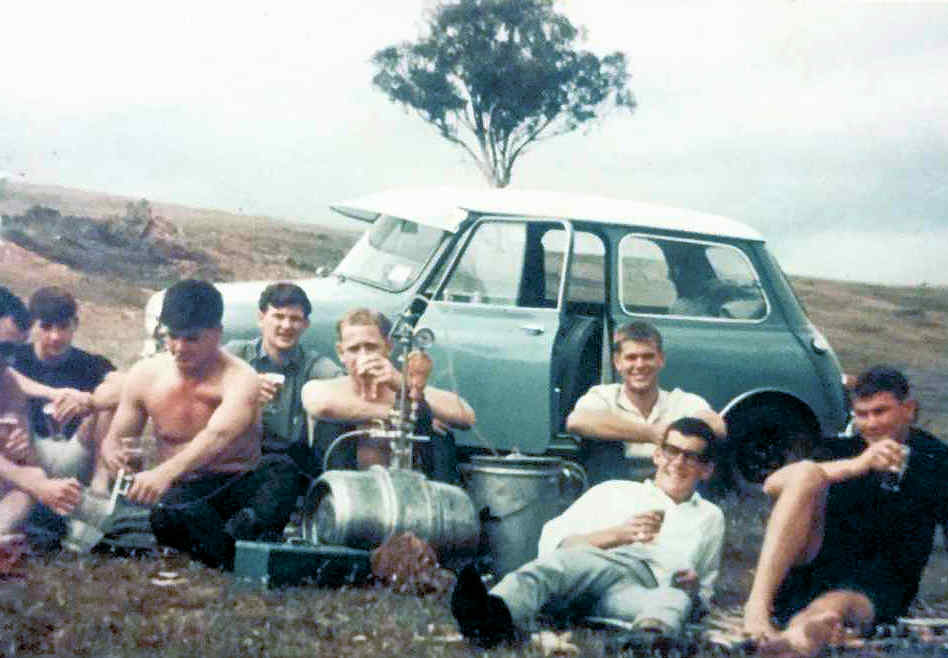
Now this is what you'd call "a session!" and I can't see any camping gear so obviously this is just a day trip - so who is the dedicated one? They reckoned you could fit a lot into one of those little minis – but this is ridiculous.
Is that Dollar on the right?
601 Rookies Course.
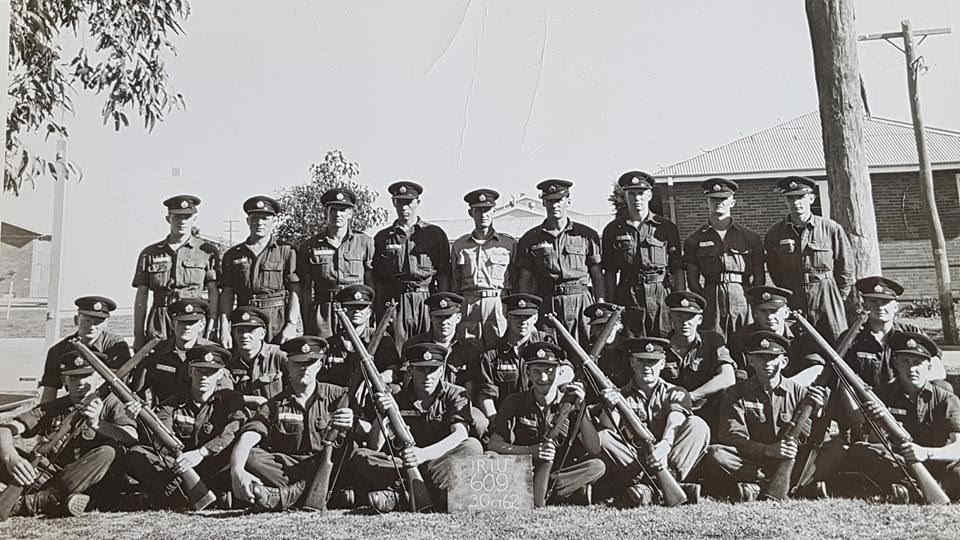
Pedro Newman sent us this pic, it was his brother’s rooky’s course. Sorry – we don’t have a date. Len Newman is in the back row, far right.
At my age a trail of clothes leading to the bedroom
means I dropped them on the way from the dryer.
77 Sqn 1960.
77 Sqn 1962.
Aircrew 1962.
L-R: Orf Bartrop, Don Newton, Nutsa Palmer, Dennis Robertson, Doug Johnston, John Myers, John Hubble, Ray Trebilco, Roger Carmichael, Bill Scott, Cliff Viertel, Brian Dirou.
78 Wing, 1967.
Sabre Crews – Butterworth, 1967.
With the PM.
Reg Richardson with John Gorton, 77 Sqn, 1968.
77 Sqn HQ.
It ain’t live!
Tony Mumford. He says: “The legend on the bomb is pure fifties language, it says “Pilot, pilot don’t be slow, take this bomb and go man, go!”. Very macho photo but an expert would notice that the bomb hasn’t been fused yet. To have struck a pose with a fused bomb would have confirmed what my mates have long suspected that I’m a sheep short in the top paddock.”
77 Sqn 1969.

Back Go to page: 1 2 3 4 5 6 7 8 9 10 11 12 13 14 15 16 17 18 19 20 Forward
